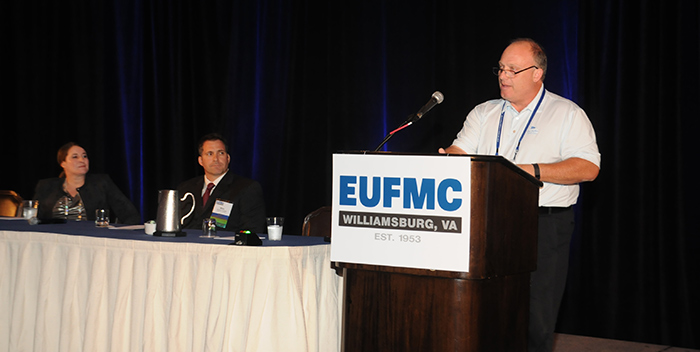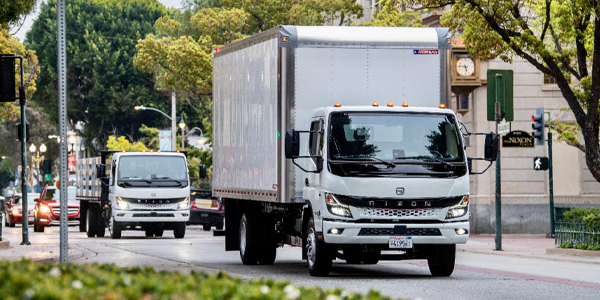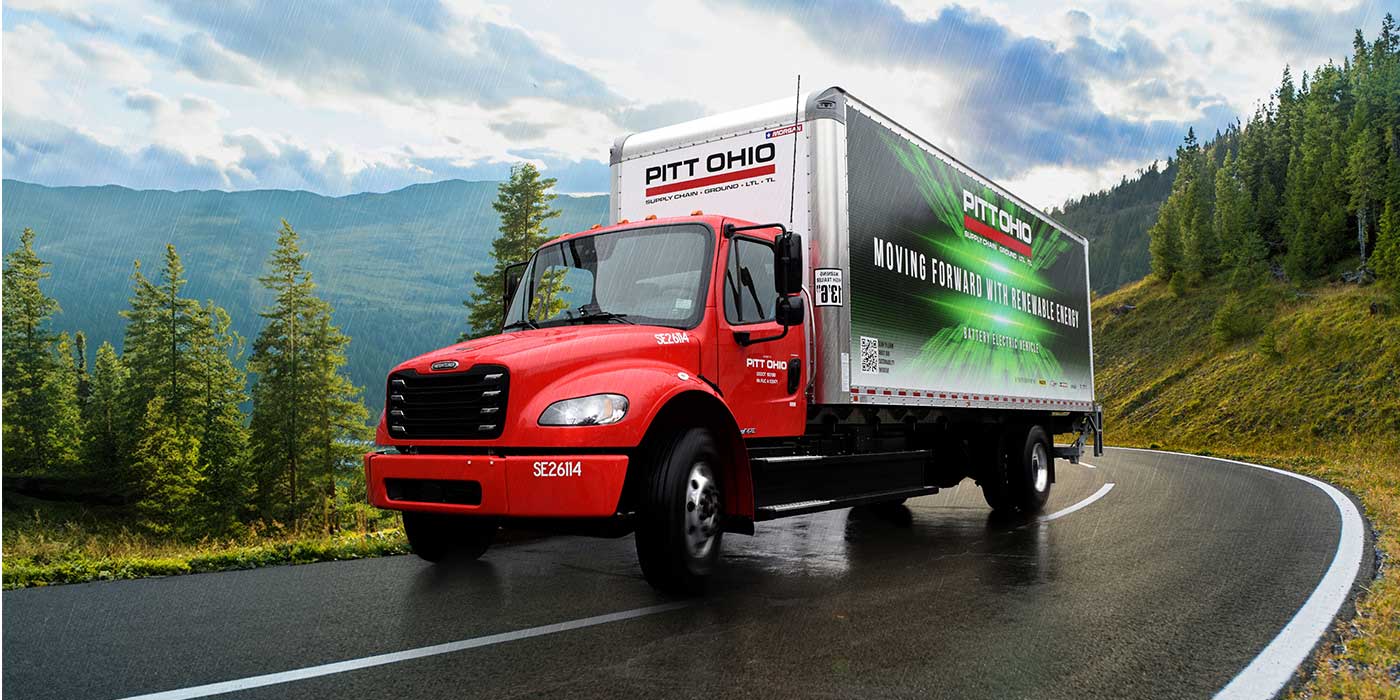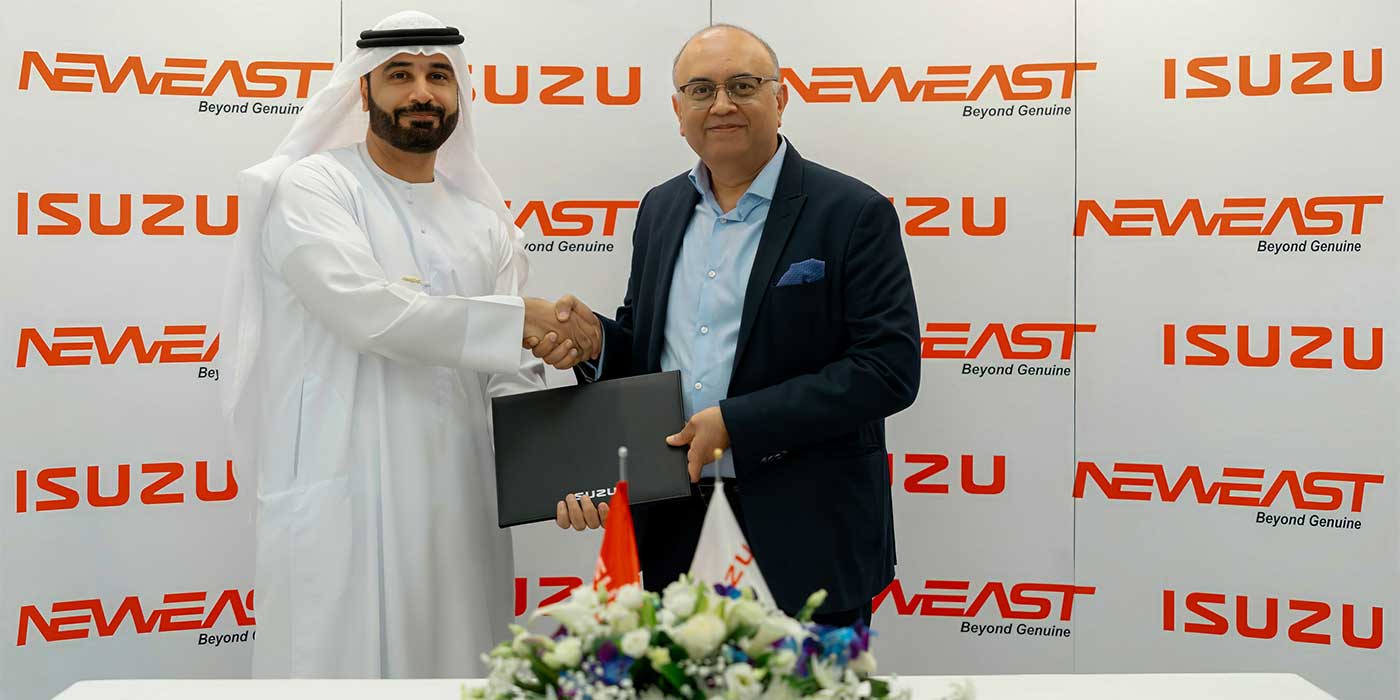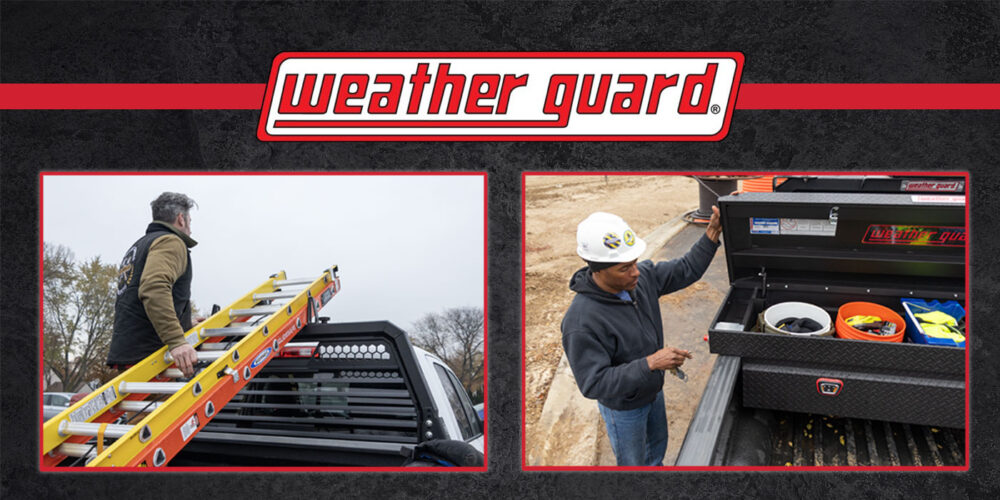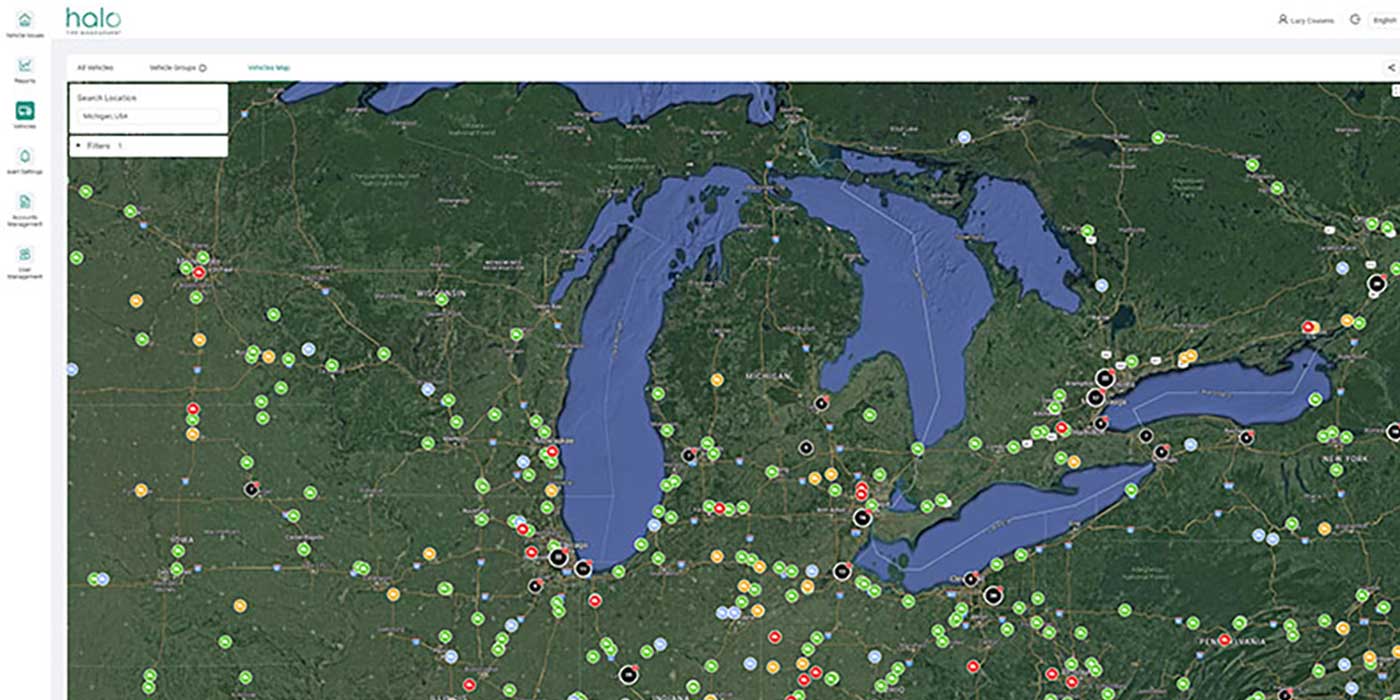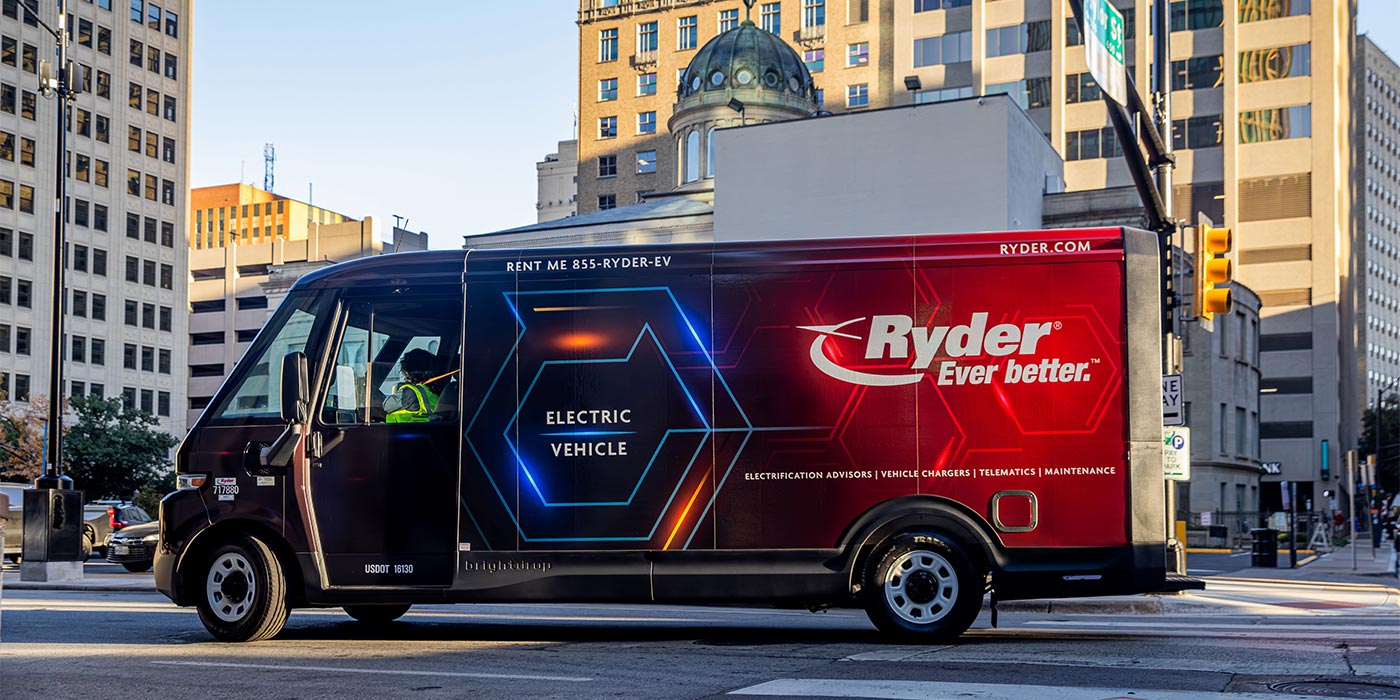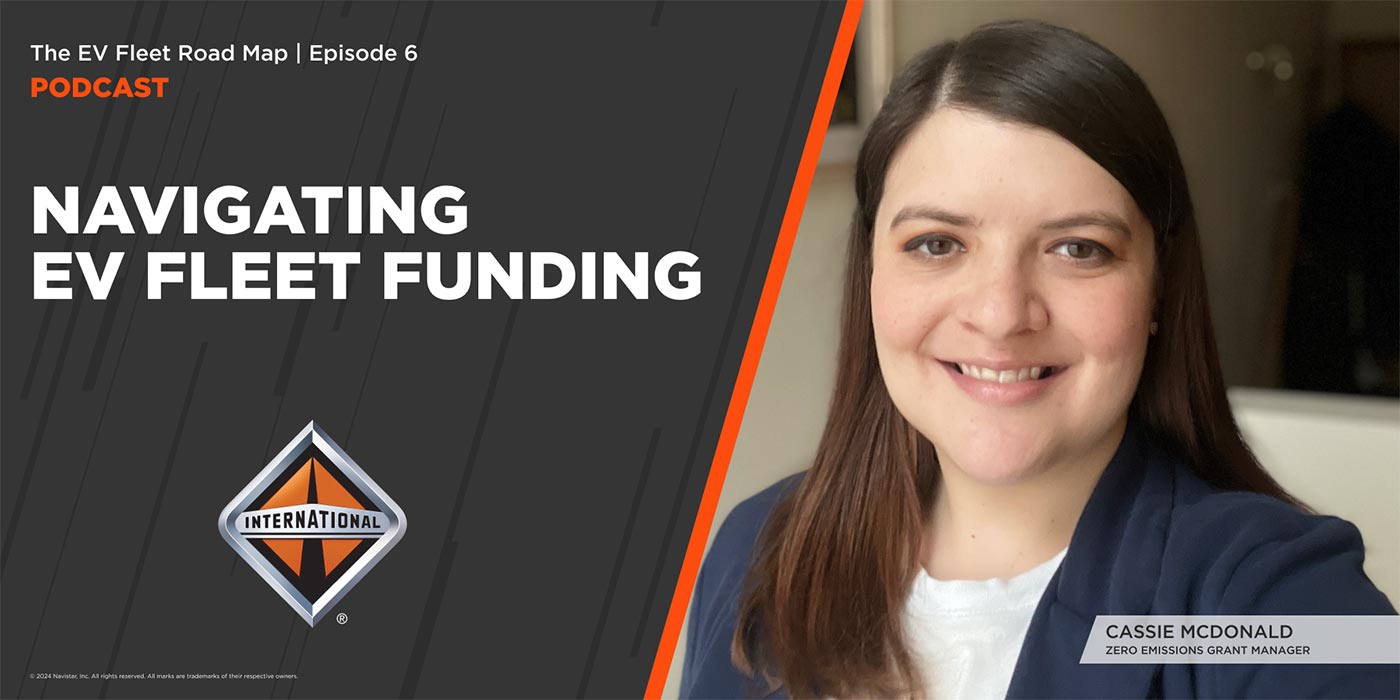It should come as no surprise that the educational program at the annual Electric Utility Fleet Managers Conference (EUFMC) included a series of presentations on telematics. A growing trend in many light- and medium-duty fleets, telematics was ranked among the highest topics by fleet managers attending EUFMC and a perfect addition to a comprehensive program covering a range of solutions for progressive fleets.
The session at EUFMC entitled “Connect, Optimize and Automate Telematics” was moderated by Luke Watchel, vice president of transportation and logistics at Telogis. Leading off with an overview of technology was Mike Shruba, director of field operations at Indianapolis Power and Light Co.
“We employ telematics for Driver Behavior Dashboard, KPI and coaching practices,” Shruba said. “We have also completed a 2G to 4G upgrade this year, as well as an integration for data connectivity with our mobile data systems through the telematics platform and 4G hot spots.
“Additionally, we are working to eliminate air cards in laptops and laptop mounts so we can move to tablets in 2017,” Shrub continued. “Plans are also in the works to use paperless DVIRs in 2017 and to enable routing optimization for some operations.”
Driver behavior was the subject of a presentation by Michael Daniels, manager at Pacific Gas and Electric (PG&E). The PG&E Vehicle Technology Program, he reported, involves a two-phase telematics implementation. Included are a 2015 Safety Foundational Phase for 1,000 vehicles and a 2016 Safety Phase 2 for 750 trucks and vehicles.
“Our vehicle safety technology uses in-cab alerts for speed, acceleration and hard braking,” Daniels related, “and a coaching app produces a Driver Behavior Score. At PG&E, telematics technology has helped produce a 7% to 9% fuel savings. The lessons we’ve learned are not to underestimate the complexity of this type of project and to be prepared to educate decision-makers.”
During the EUFMC session, reporting aspects of telematics solutions were covered by Doreen Masalta, director of operations at PECO, an Exelon company. The operation achieved full implementation of telematics systems in 2014 and has 1,151 units installed today.
In 2015, Masalta reported, results indicated a 1-MPG increase across the entire fleet. In 2016, the fleet is aiming to maximize fleet utilization and to achieve an additional .3 MPG improvement and a 30% reduction in non-productive idle time.
“PECO has improved in the areas of safety, productivity and financial performance,” Masalta said. “With these systems, very little excessive speeding greater than 75 MPH as been observed and seat belt use is consistently high. Among 150 drivers, 88% improved performance. In addition, for the full year we have experienced a reduction of approximately 14,000 hours or 40% of idle time at service buildings. Each hour of idle equates to approximately one gallon of fuel, so at an average of $3.50 per gallon we avoided $50,000 in costs.”
Masalta went on to list opportunities for continued improvement at PECO by using telematics systems, including reducing speeding of 10 MPH over the posted limit and cutting non-productive idle time. Additionally, for units with boom and PTO capabilities, the data can be used to evaluate usage and help determine if the right mix of equipment in place is appropriate for work tasks.
“We can also improve driver behavior with real-time information on speeding, hard acceleration, hard braking and seat belt use,” Masalta said. “We are continuing to take steps to reward drivers who operate within our established parameters consistently and to constructively coach drivers who display poor driving behaviors.
“With telematics,” Masalta added, “we can drive safety, reliability, productivity and efficiency. By monitoring performance on a regular basis and promoting results, and engaging employees and leadership in the initiatives to enhance performance, there are future opportunities for improvement.”
This year’s EUFMC was attended by 128 fleet representatives from more than 70 investor-owned electric utilities, electric cooperatives and electrical contractors in the U.S and Canada. Joining them were 325 manufacturer and service provider representatives from almost 100 companies.
Held at the Williamsburg Lodge and Conference Center in Williamsburg, Va., EUFMC activities include educational presentations and an equipment demonstration and exhibition. The 64th annual EUFMC, scheduled for June 4-7, 2017, will focus its educational program on Inspiring Excellence in Utility Fleet Professionals. For more information, visit their website.

